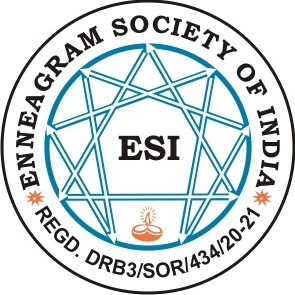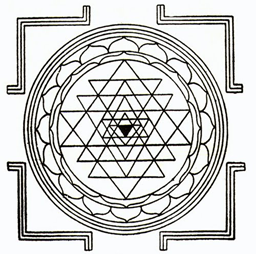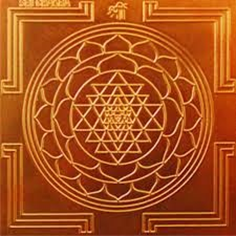

Enneagram Society of India (ESI)
Regn No. DRB3/SOR/434/2020-2021#501, Sriven Elegance, Jyothi Nagar, Gottigere,
Bangalore-560083, India.
E-Mail: enneagramindia2020@gmail.com; enneagramindia@yahoo.com
Enneagram
The Enneagram is a powerful system for understanding Human Nature. Like other personality type systems, the Enneagram describes different groups of behaviors and characteristic tendencies of people. Enneagram is a geometric symbol that reveals the nine basic personality types of human nature and their complex inter-relationships. The Enneagram is an archetypal framework that offers in-depth insight to individuals, groups and collectives. Consisting of three centers of intelligence, nine main Enneagram types of personality, 18 wings, three subtypes and Triadic styles, the Enneagram offers a rich map to personal development from an open systems perspective.
The Enneagram, a nine-pointed star in a circle, is an ancient cosmic symbol. The source for the Enneagram was the Sufis and the legendary Sarmoun Brotherhood, which flourished in Babylon around 2500 years B.C.
The Armenian Wisdom teacher, George Ivonovitch Gurdjieff (1865-1949) learnt about Enneagram from the Sufi order of the Naqshbandi. He introduced it to the world in 1916.
Later on, Oscar Inchazo focused on the aspects of Enneagram as applicable to personality types and psychology. Inchazo worked with the Enneagram in Chile in the Arica Institute from 1970.
From Africa, Humanistic Psychologist Claudio Naranjo brought Enneagram concepts of personality types to Esalen Institute, California, USA in 1971.
The Enneagram is reminiscent of the "Mandala", as it is presented in Tibetan Buddhism and ancient Indian spirituality, Gurdjieff visited Tibet and studied spiritual wisdom of the region.
A "mandala" represents a map of the inner worlds of the human being and, at the same time, the cosmos.




Above are some Yantras and Symbols in India. Some of them are spiritual and some others are used by "Tantriks" for helping them to get out of stress and tensions. There are thousands of them in temples.
Gurdjieff explained that the Enneagram symbol has three parts that represent three Divine laws, which govern all of existence. The first of these is the "circle", a universal mandala, used in almost every culture. The circle refers to unity, wholeness and oneness, and symbolizes the idea that the God is one.
Within the circle we find the next symbol, the "triangle". Traditionally, in religions, this refers to the trinity of,
- Brahma, Vishnu and Shiva.
- Father, Son and the Holy Spirit.
- Buddha, Dharma, and Sangha.
- Heaven, Earth and Man (Taoists)
The Law of Seven. (Hexad) –Seven sins and virtues of which, as King Solomon states that the Lord specifically regards "six things the Lord hate, and the seventh that are an abomination unto Him". The Catholic Church also recognizes the seven sins viz; Envy, Gluttony, Greed, Lust, Pride, Sloth, Wrath; and seven virtues viz; Kindness, Temperance, Charity(Generosity), Chastity, Humility, Diligence, Patience.
The Vedas and the Gita have given the guidelines of negative traits that we should avoid. They are the so-called 6 sins: Kama – lust; Krodha – anger; Loba – greed: Moha – attachment: Mada – pride; Matsarya – envy/ jealousy.
We primarily aim to help people understand their personality types, the Enneagram Types of these nine points in the Enneagram.